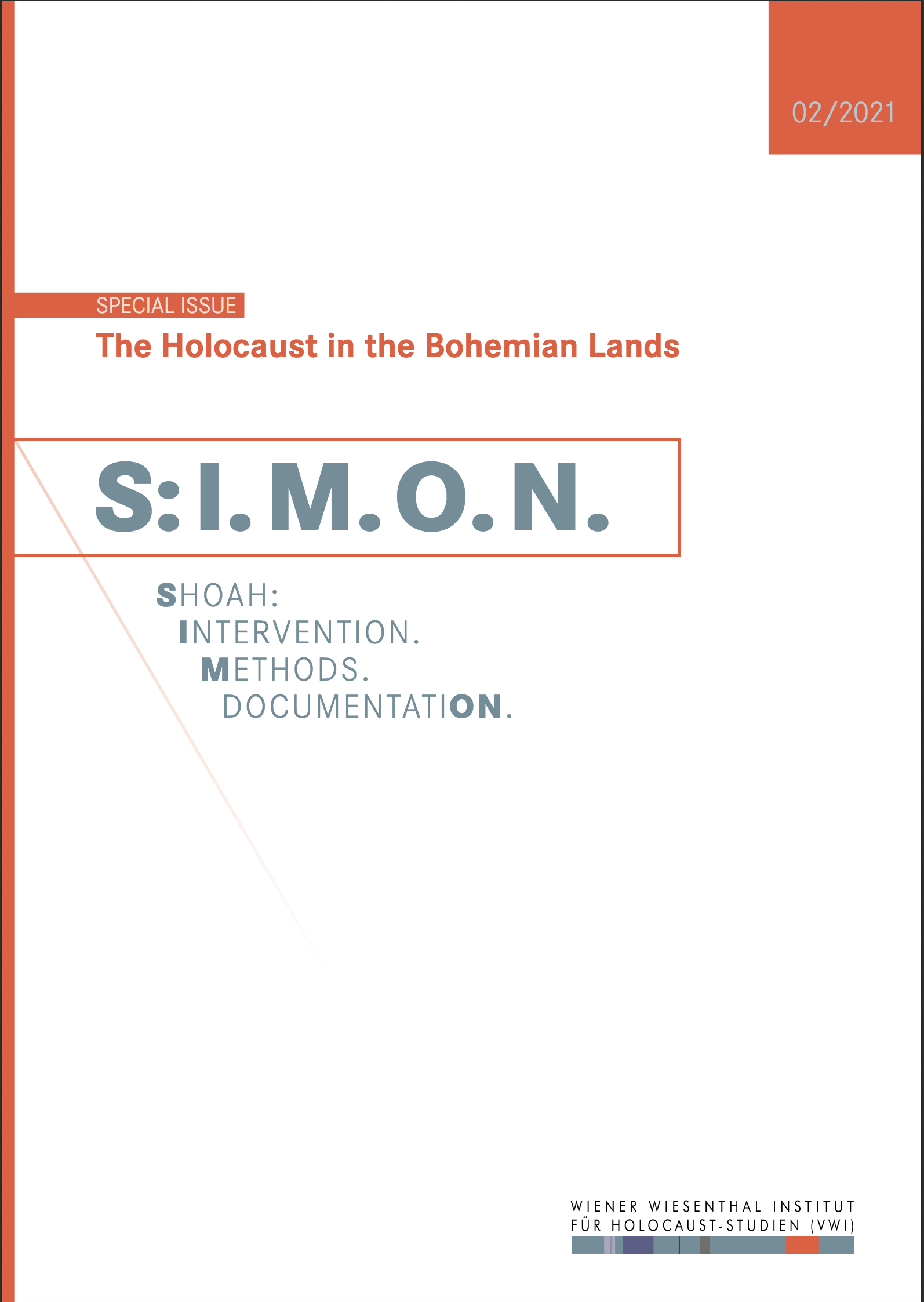The Dycha family from the village of Hrušky. Microhistory of the Nazi Genocide of the Roma and Sinti in the Czech Republic
The Dycha family from the village of Hrušky. Microhistory of the Nazi Genocide of the Roma and Sinti in the Czech Republic
Author(s): Michal SchusterSubject(s): WW II and following years (1940 - 1949), Fascism, Nazism and WW II
Published by: Wiener Wiesenthal Institut für Holocaust-Studien
Keywords: Genocide of the Roma and Sinti;Protectorate of Bohemia and Moravia;Czech Republic;
Summary/Abstract: This article presents one of the concrete outcomes of the project “Database of Victims of the National Socialist Persecution of ‘Gypsies’” conducted by the Terezín Initiative Institute in Prague. The case study explored here shows the potential of this detailed, systematic, and local research of individual victims, which documents the genocide of the Roma and Sinti population on the territory of today’s Czech Republic. The Dycha family lived in the agricultural village of Hrušky in South Moravia, where they had a small house, work, and conflict-free relationships with the majority population. After 1939, the ‘anti-Gypsy’ politics of the Protectorate of Bohemia and Moravia struck them. The entire family, including all eight children, were finally transported to the Auschwitz-Birkenau concentration camp in early May 1943. The only survivor was Damián Danihel, the illegitimate son of Estera Dychová. According to documents and testimonies, he was rescued thanks to his Slovak citizenship and the intervention of two local men – the former village mayor and his successor.
Journal: S:I.M.O.N. Shoah: Intervention. Methods. Documentation.
- Issue Year: 8/2021
- Issue No: 2
- Page Range: 72-85
- Page Count: 14
- Language: English

